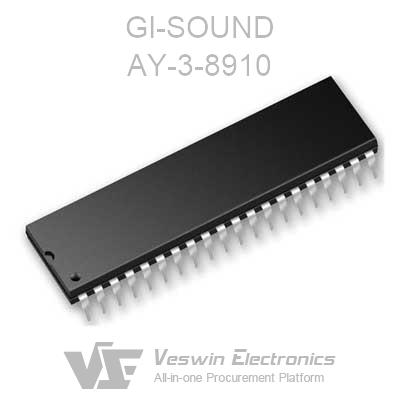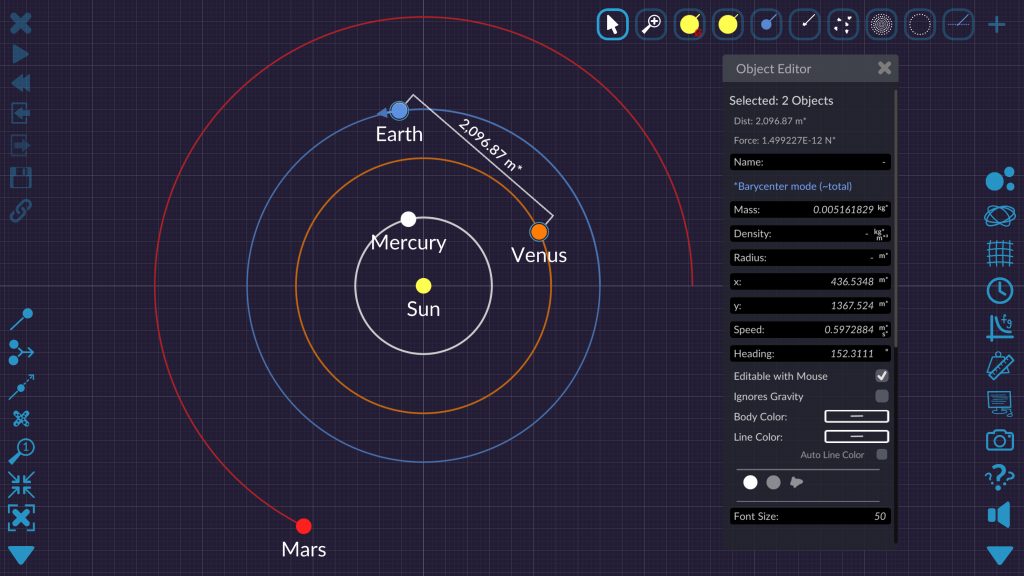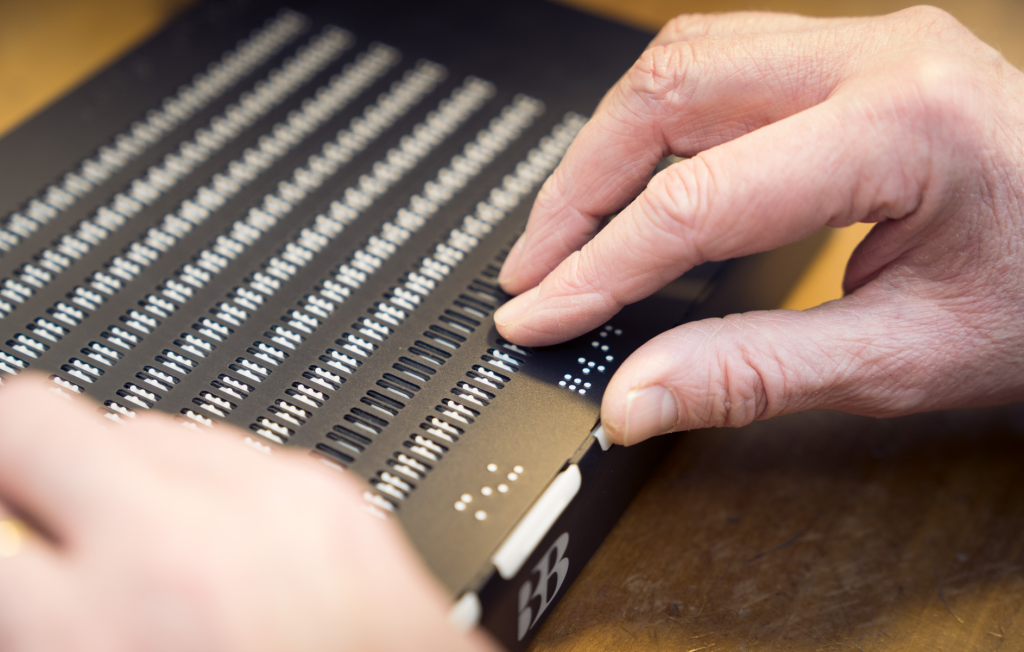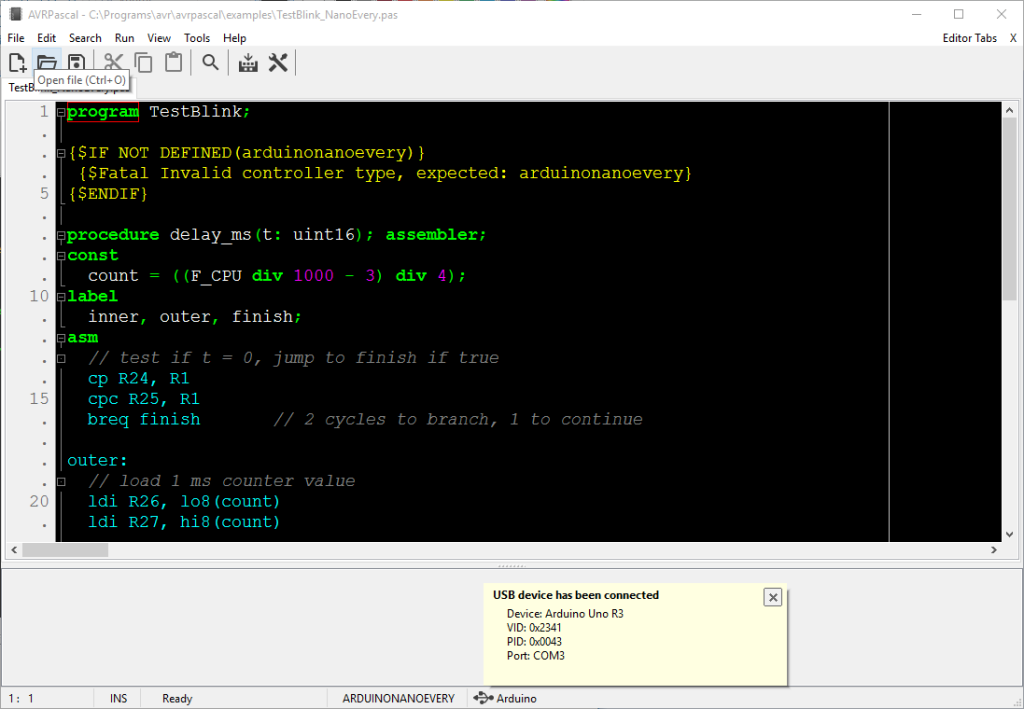The AY-3-8910 sound chip is a fascinating example of vintage sound chips that revolutionized audio synthesis during its era. Originally developed in the late 1970s, this chip found its way into numerous arcade games and home computers, effectively shaping the retro audio landscape as we know it. With the ability to produce three independent square-wave tones, the AY-3-8910 offers a unique platform for sound synthesis, enabling creators to craft recognizable real-world sounds. From beeps to more complex noises, the chip’s capabilities have inspired many, particularly in modern projects utilizing the Arduino AY3891x library. By harnessing these vintage tools alongside techniques like spectrogram analysis, today’s enthusiasts are uncovering the rich potential that the AY-3-8910 sound chip has to offer.
The AY-3-8910 sound generator stands out among classic audio chips for its remarkable sound production abilities. This retro component is emblematic of the early digital audio wave, providing a gateway for enthusiasts to explore sound design reminiscent of the 1980s. Its architecture allows for the manipulation of audio through straightforward programming techniques that have been further simplified by libraries such as the Arduino AY3891x. Moreover, with modern methods such as sound analysis through spectrogram techniques, anyone can revisit and recreate the distinctive tones characteristic of an earlier gaming era. Embracing these legacy technologies not only pays homage to the past but also inspires new creative applications in digital sound manipulation.
The Versatility of Vintage Sound Chips
Vintage sound chips like the AY-3-8910 have been revered for their unique sound synthesis capabilities, allowing creators to produce more than just simple melodies and tones. Found in a myriad of devices from arcade games to retro home computers, these chips can astonish listeners with their ability to recreate complex sounds when configured effectively. An example of this versatility is demonstrated by [InazumaDenki] through their innovative use of the AY-3-8910 to recreate recognizable sounds from the real world, proving that vintage technology can still hold its own against modern-day audio synthesizers.
Despite their limitations, vintage sound chips offer an intriguing exploration into sound design. For instance, the AY-3-8910 can generate three independent square-wave tones, which, when combined strategically, create a variety of recognizable sounds, from everyday urban noises to music cues. This opens up a world of possibilities for enthusiasts and developers alike, inviting them to experiment with retro audio components in contemporary projects.
Spectrogram Analysis for Sound Reconstruction
To effectively reconstruct real-world sounds using chips like the AY-3-8910, sound designers must first utilize a spectrogram for sound analysis. This tool visually represents frequency changes over time, allowing creators to identify which frequencies can be mapped to the chip’s capabilities. This process is crucial given that the AY-3-8910’s limitations mean it can only manage three frequencies simultaneously. By dissecting recordings, designers can select and prioritize the key components that will contribute most significantly to the sound they wish to replicate.
The significance of spectrogram analysis cannot be understated in sound synthesis. As [InazumaDenki] showcases, this method aids in translating complex sounds into something that the AY-3-8910 can handle, albeit imperfectly. Properly analyzing sound allows for a strategic approach to sound production, ensuring that the most impactful frequencies are utilized while compensating for the chip’s limitations to achieve a desired auditory result.
Programming the AY-3-8910: A Simple Guide
For those looking to program the AY-3-8910, the process has been made considerably easier thanks to the Arduino AY3891x library developed by [Andreas Taylor]. This library streamlines the interfacing with the AY-3-8910 chip, making it accessible for both novices and experienced sound designers alike. By leveraging this library, users can explore the chip’s capabilities without getting bogged down in complex programming, enabling more focus on the creative aspects of sound synthesis.
The Arduino AY3891x library not only simplifies the programming of the AY-3-8910 but also encourages experimentation with retro-style sound synthesis. With most modern microcontrollers having sufficient power to manage sound production, integrating vintage audio components into contemporary projects has never been easier. This fusion of old and new technology opens avenues for unique sound creation, enticing developers to incorporate vintage elements into their next innovative project.
Exploring Retro Audio in Modern Projects
The appeal of retro audio goes beyond mere nostalgia, as the sound quality and character of vintage sound chips can enhance modern projects in unexpected ways. By integrating chips like the AY-3-8910 into new applications, developers can tap into a unique sound profile that sets their work apart from others. This is particularly relevant in fields such as game design and multimedia art, where distinctive audio experiences play a critical role in engaging the audience.
Retro audio synthesis invites a blend of creativity and technical skill, urging designers to adopt unusual methods for sound creation. As they explore the capabilities of vintage chips, users may discover new artistic possibilities in their projects, making the most of sounds that evoke fond memories while showcasing innovative enhancements. It’s a celebration of technology’s evolution and a reminder of the rich possibilities that lie within even the simplest sound synthesis tools.
Creating Atmospheric Sounds with the AY-3-8910
Creating atmospheric sounds can significantly elevate the richness of an audio experience, and the AY-3-8910 is capable of contributing to such effects through layered square-wave tones. When programmed correctly, the retro chip can produce ambient sounds that set a mood or enhance a scene. For instance, designers can leverage different frequency combinations to simulate soundscapes that resemble nature, urban environments, or even futuristic settings, greatly expanding the creative palette.
Moreover, atmosphere in sound design is increasingly becoming relevant in various digital media. With the AY-3-8910’s ability to create unique textures, especially when layered or modulated, sound designers can experiment with how these vintage sounds interact with modern audio effects. Each experiment not only reinforces the charm of retro sound synthesis but also challenges creators to innovate while respecting the original artistry of vintage technology.
Sound Synthesis Techniques for the AY-3-8910
Sound synthesis techniques using the AY-3-8910 can vary widely depending on the desired output. Techniques such as frequency modulation or adjusting the duty cycle can add depth to the generated tones. Achieving a richer, more complex sound involves understanding the relationships between the chip’s parameters and how these influence audio output. In this way, extensive experimentation is encouraged; as sound designers manipulate different settings, they consistently unlock new sounds and characteristics.
Incorporating different synthesis techniques allows sound artists to walk the line between taking inspiration from retro roots while infusing modern sonic trends into their work. The AY-3-8910 becomes not just a nostalgic tool but a versatile canvas for creativity, enabling artists to define their signature sound in a sea of technological advancements. Through such synthesis, they celebrate the history of sound production while paving their paths in contemporary audio landscapes.
Crafting Recognizable Sounds with Limited Frequencies
Crafting recognizable sounds using the AY-3-8910’s limited frequencies is both a challenge and a testament to creativity. By carefully selecting which three frequencies to use, sound designers can approximate familiar auditory signals like street noises or animal calls that punctuate our everyday experiences. The fun lies in experimenting with various combinations to observe how minor alterations can significantly impact the recognizability and overall quality of the output.
This approach not only fosters innovation in sound design but also connects to a deeper understanding of audio perception. By focusing on essential auditory components, designers learn to appreciate how our brains interpret sound, paving the way for more thoughtful and intentional creations. Through the limitations imposed by the AY-3-8910, creators find themselves crafting engaging audio that resonates with listeners, proving that even modest means can yield impressive results.
The Current Relevance of Vintage Sound Chips
In an era dominated by high-fidelity audio equipment and digital sound libraries, vintage sound chips like the AY-3-8910 maintain significant relevance, particularly among enthusiasts and indie developers. Their distinctive, somewhat lo-fi character appeals to a wide audience who yearns for the charm and nostalgia associated with retro audio. The resurgence of low-fi aesthetics in music and video games further cements the importance of these chips in contemporary sound design.
Moreover, the skills developed through using vintage sound chips often translate well to modern audio production environments, fostering a versatile toolkit for sound designers. Understanding the fundamentals of sound synthesis utilized in these older technologies can enhance a creator’s ability to innovate with modern tools. Hence, the AY-3-8910 and similar devices not only contribute their unique sounds but also nurture the next generation of audio artists, bridging the gap between past and present.
The Future of Sound Synthesis with Vintage Technology
As technology continues to advance, the future of sound synthesis incorporating vintage sound chips like the AY-3-8910 looks promising. There is a growing community of developers and sound artists eager to explore the rich possibilities that these retro tools provide. With platforms like Arduino making it easier to integrate vintage technology into new projects, the potential for innovative sound designs is vast.
This resurgence also reflects a larger trend in the creative industries towards embracing humble beginnings and celebrating the quirks of older technologies. By combining vintage sound chips with modern techniques or multimedia applications, sound designers can create unique experiences that not only capture the essence of nostalgia but also invite fresh interpretations. Ultimately, the future of sound synthesis promises to honor the past while eagerly pushing forward into uncharted auditory territories.
Frequently Asked Questions
What is the AY-3-8910 sound chip?
The AY-3-8910 sound chip is a vintage sound chip developed in the late 1970s, renowned for its capability to generate three independent square wave tones. It was widely used in arcade games, home computers, and various retro audio applications, making it a cherished component in sound synthesis and music production.
How does the AY-3-8910 sound chip generate sound?
The AY-3-8910 generates sound by producing three square wave tones simultaneously. It works on a low-level principle where specific inputs create recognizable audio outputs. By adjusting frequency and pulse width, users can craft a range of sounds, from melodies to sound effects typical of vintage computing.
What are some applications of the AY-3-8910 in retro audio?
The AY-3-8910 has been utilized in various retro audio applications, including game soundtracks, sound effects in arcade machines, and home computer audio. Its ability to recreate sounds like the pedestrian crossing signal or a jackhammer demonstrates the versatility of this vintage sound chip in generating recognizable audio experiences.
Can I use the AY-3-8910 sound chip with Arduino?
Yes, the AY-3-8910 sound chip can be easily integrated with Arduino using the Arduino AY3891x library. This user-friendly library simplifies programming and allows enthusiasts to explore the chip’s capabilities for sound synthesis, making it ideal for retro audio projects.
What is spectrogram analysis and how is it used with the AY-3-8910?
Spectrogram analysis is a technique used to visualize sound frequency changes over time. When working with the AY-3-8910 sound chip, this method helps in identifying which frequencies to utilize during sound reproduction, enabling users to make the most of the chip’s limitations while still creating recognizable sounds.
What are the limitations of the AY-3-8910 sound chip?
The main limitation of the AY-3-8910 sound chip is that it can only generate three sounds simultaneously. This restricts its ability to recreate complex audio compositions or sounds with multiple frequencies, yet with careful planning and sound design, users can still achieve interesting results through sound synthesis.
How can I recreate real-world sounds using the AY-3-8910 sound chip?
To recreate real-world sounds using the AY-3-8910 sound chip, start by analyzing a chosen sound with spectrogram analysis. Identify the key frequencies required to mimic the sound, then program these frequencies into the AY-3-8910, adjusting the timing and modulation to achieve the best results.
What makes the AY-3-8910 important in the history of sound synthesis?
The AY-3-8910 is significant in the history of sound synthesis due to its role in early video game audio and computer music. Its innovative design for producing electronic music and sound effects paved the way for future developments in vintage sound chips and contributed to the nostalgic charm of retro audio experiences.
| Key Aspects | Description |
|---|---|
| Introduction to AY-3-8910 | A versatile vintage sound chip from the late 70s used in arcade games and home computers. |
| Sound Generation Capabilities | Generates up to three independent square-wave tones, allowing for recognizable sound reproduction with proper configuration. |
| Sound Reconstruction Method | Utilizes spectrogram analysis to determine the appropriate frequencies to output, despite limitations. |
| Challenges in Reproduction | Although reproduction is not perfect, it can effectively convey desired sounds like alarms and calls. |
| Introduction to Programming | The Arduino AY3891x library simplifies programming the AY-3-8910, making it accessible for projects. |
| Modern Application | Modern microcontrollers can handle retro-style sound synthesis, enabling creative sound projects. |
Summary
The AY-3-8910 sound chip serves as a significant example of how vintage technology can be utilized to create complex audio effects. Initially developed for use in arcade systems and home computers, this sound chip is capable of producing sounds that resemble real-world noises when properly configured. Through methods such as spectrogram analysis, enthusiasts like InazumaDenki have showcased the ability to reproduce familiar sounds despite the chip’s limitations. This highlights the potential for retro sound synthesis in modern applications, especially with accessible software tools like the Arduino AY3891x library, which simplifies programming. Overall, the AY-3-8910 sound chip represents an exciting intersection of historical technology and contemporary creative potential.



